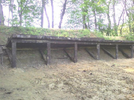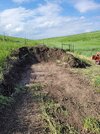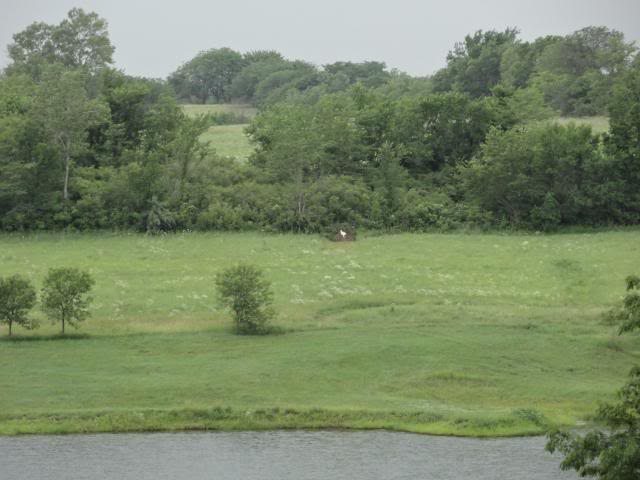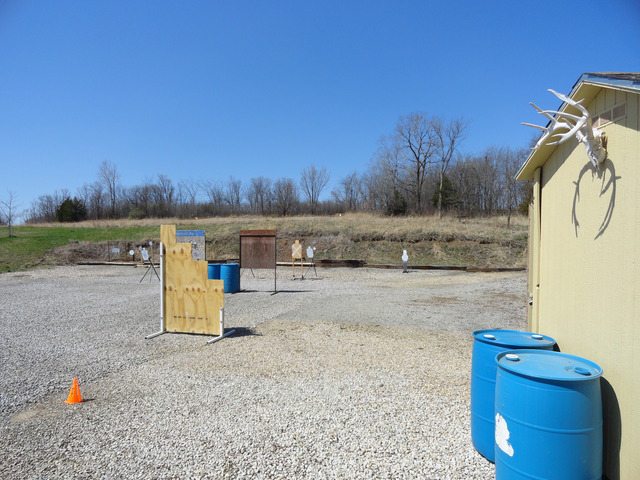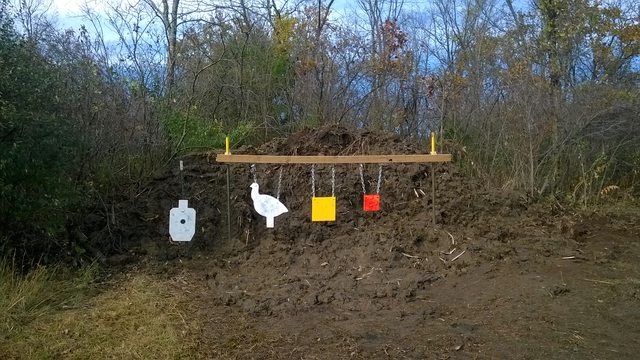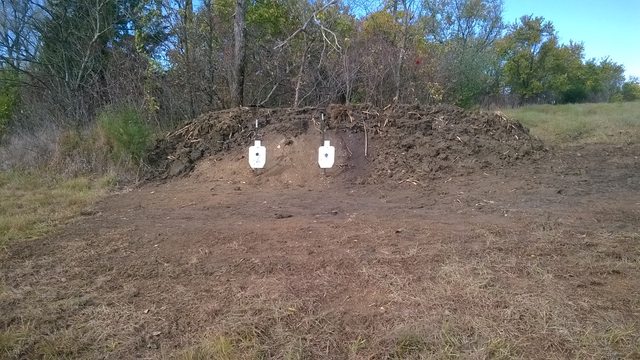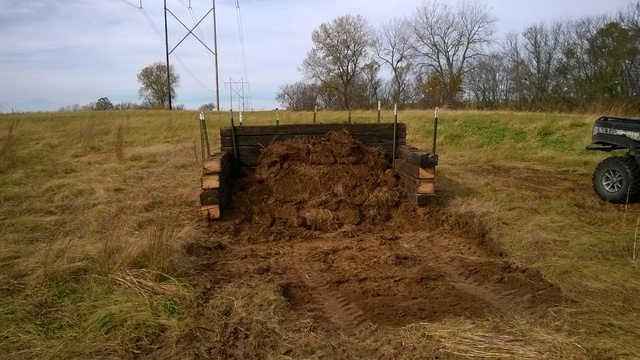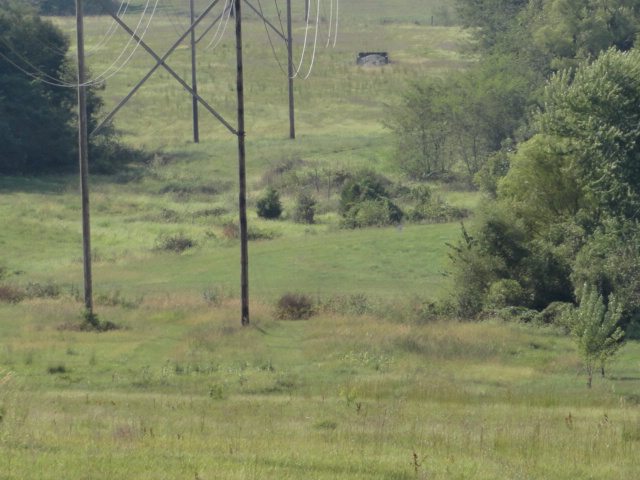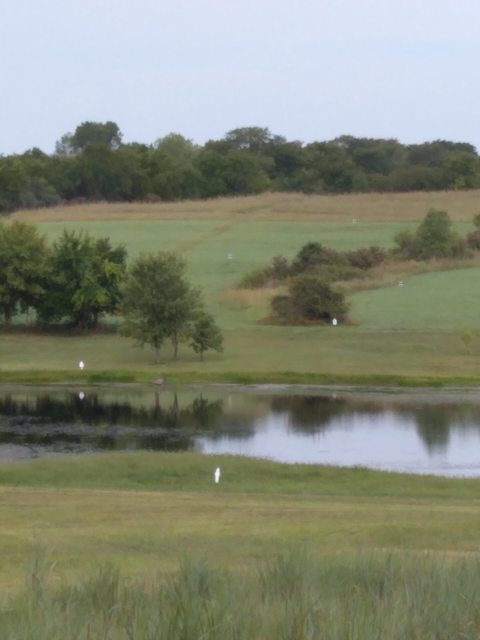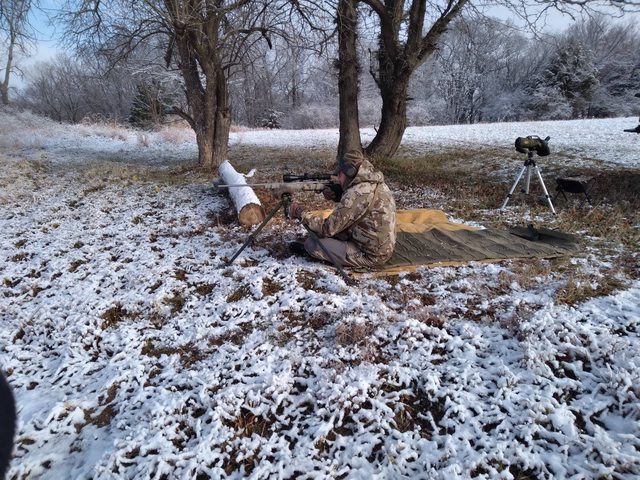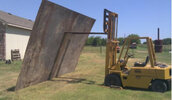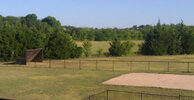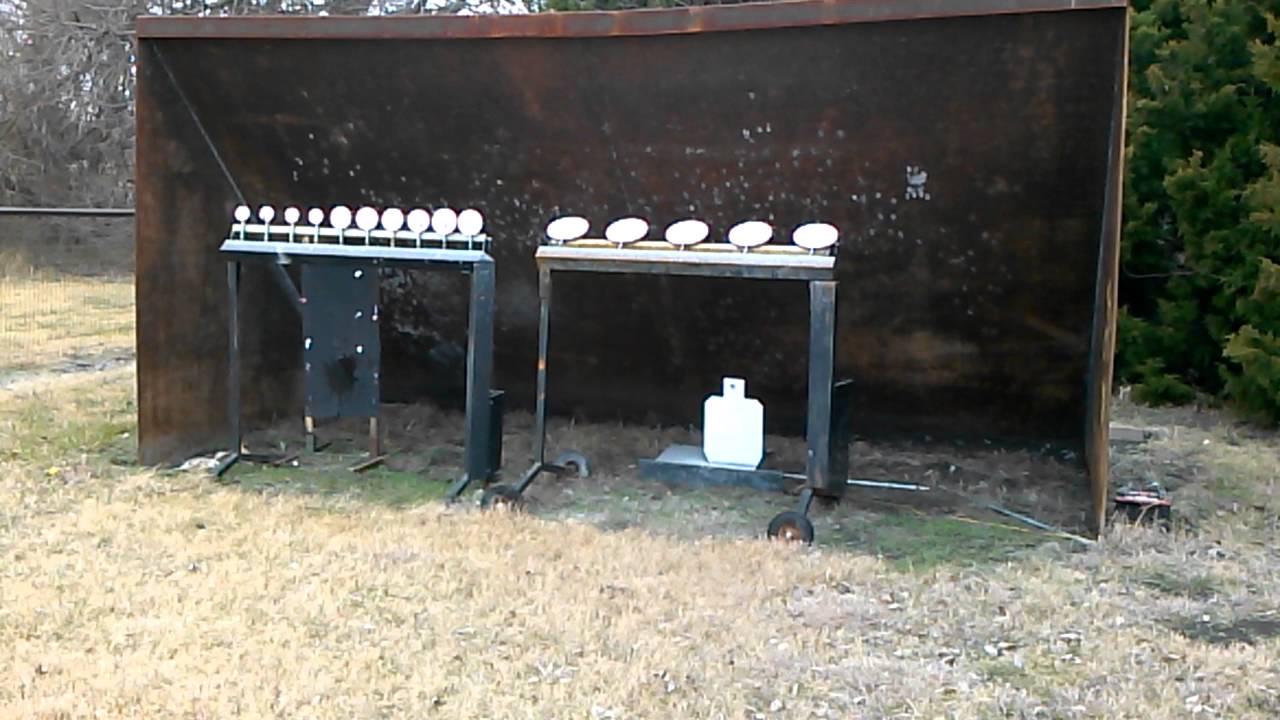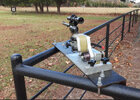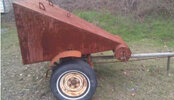DustyGmt
Member
Just curious for some ideas and maybe pictures of what some of you guys might have come up with for solutions to contain potential ricochet and fragmentation with a home made back stop.
I know the first and best options would be to have a couple loads of dirt trucked in, which I may do but was thinking some of you guys might share pics for inspiration or share something I've not thought of. I have some ideas, possibly some tires and pine logs and such, thinking like a half circle or U shape about 6' high and 15'-18' wide.
Anybody care to share some DIY backstop projects?
I know the first and best options would be to have a couple loads of dirt trucked in, which I may do but was thinking some of you guys might share pics for inspiration or share something I've not thought of. I have some ideas, possibly some tires and pine logs and such, thinking like a half circle or U shape about 6' high and 15'-18' wide.
Anybody care to share some DIY backstop projects?
Last edited:


